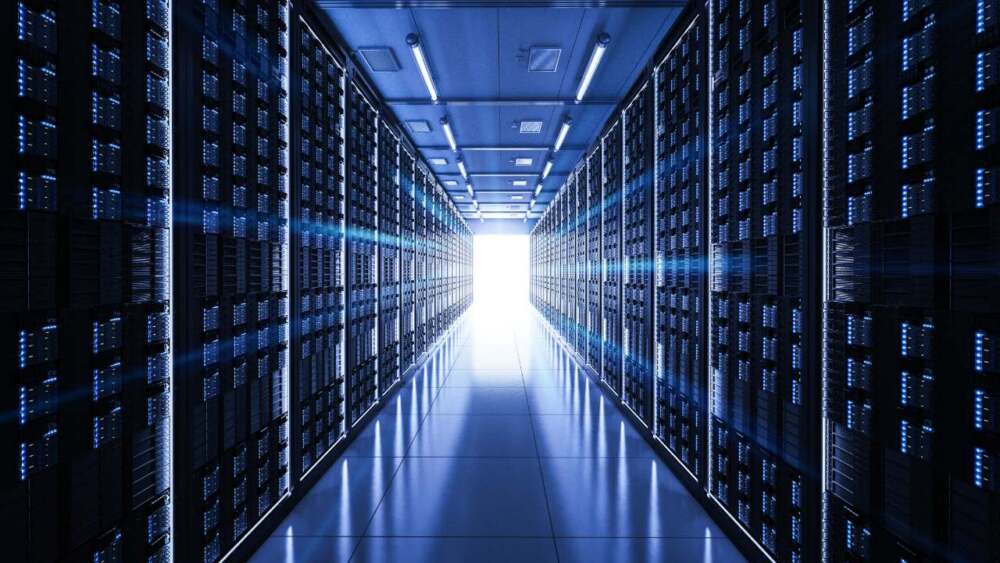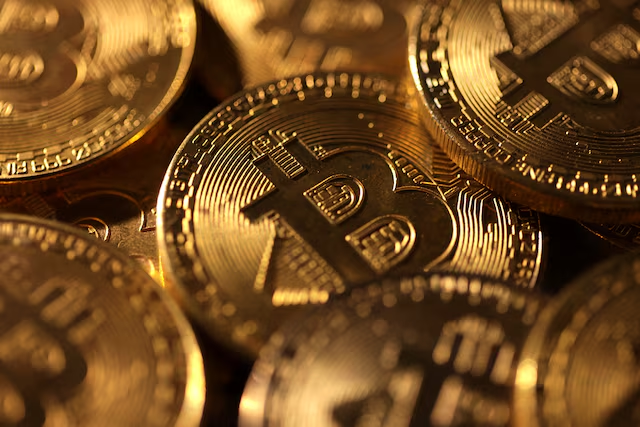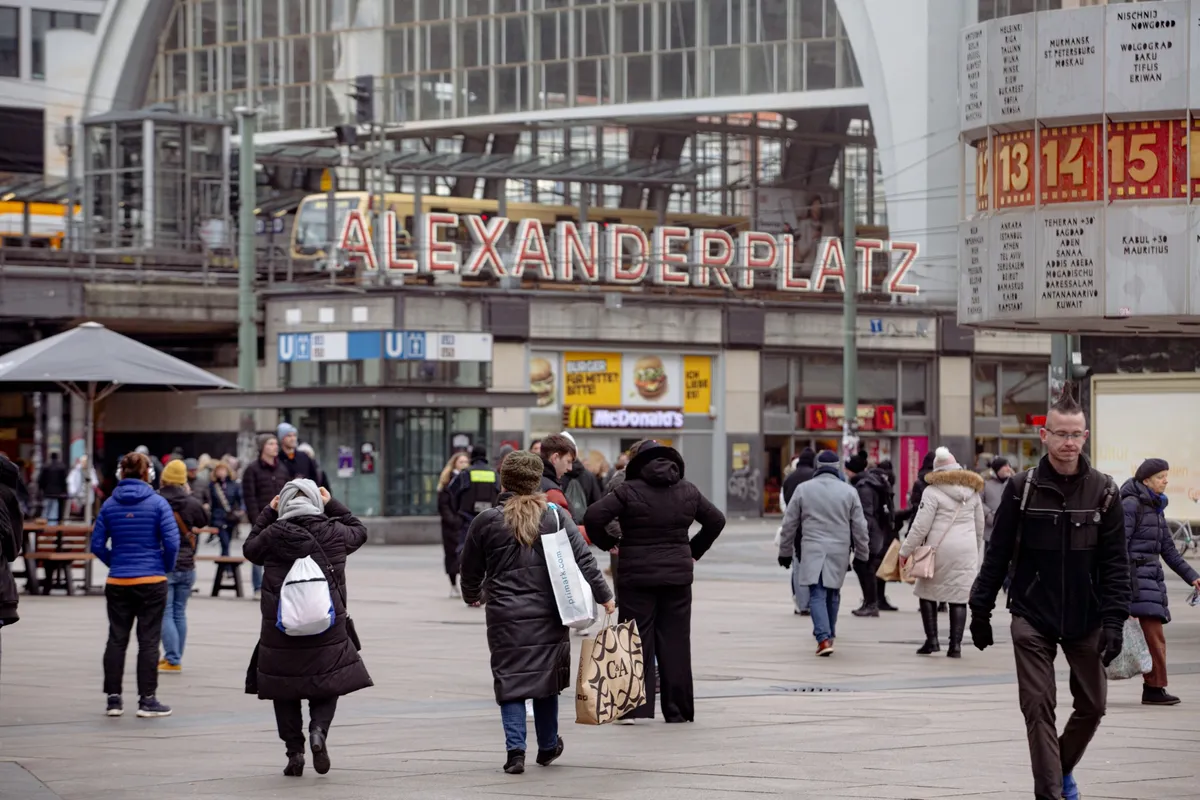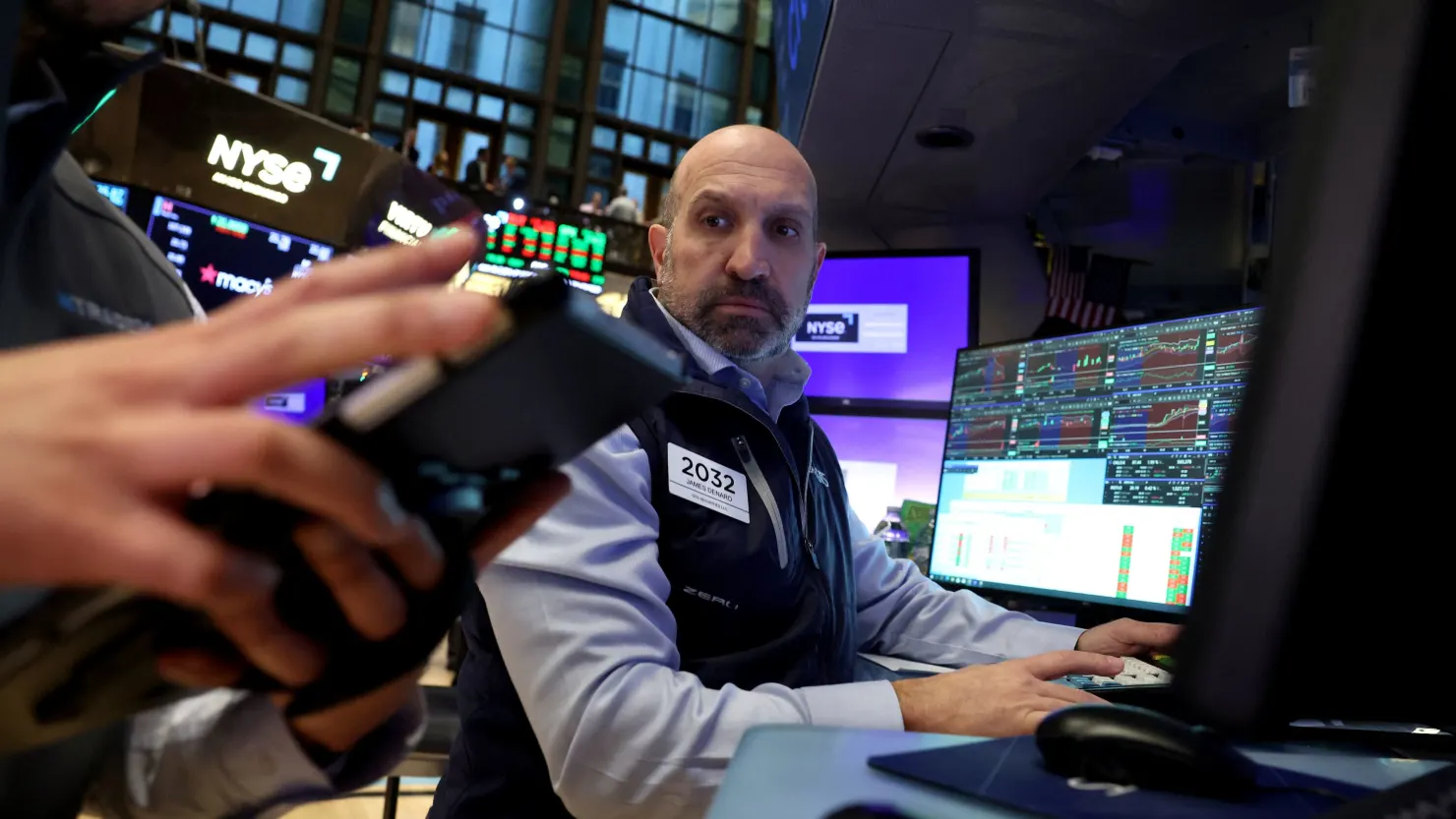The surging surge of big-tech data centers across the U.S.—fueled by demand for artificial intelligence, cloud services, and digital infrastructure—is now pushing regional power grids to their limits. Utilities, regulators, and lawmakers are scrambling to adapt, weighing tough decisions like cutting off major electricity users during emergencies, mandating backup power, and rethinking how costs are shared.
Why the Energy Crunch?
- New data center projects are going up faster than it’s possible to build the power infrastructure to support them. Transmission lines, substations, and generating capacity are lagging behind demand.
- Extreme weather, heat waves, and cold snaps—combined with growing usage peaks—make grids especially vulnerable.
- Ordinary consumers are feeling the squeeze: electricity rates are rising at nearly double the rate of inflation in many regions, and more people are worried that data centers’ energy usage is contributing to higher bills for everyone.
State & Grid Operator Responses
- Texas blazed the trail: it passed legislation allowing for large power consumers—including data centers—to be disconnected during grid emergencies to prevent blackouts.
- The PJM Interconnection, which serves much of the mid-Atlantic region, and the Southwest Power Pool, covering parts of the Great Plains, are exploring similar strategies. These include limiting guaranteed access to electricity for certain big users during peak stress periods.
- Some tech companies are opening the door to voluntary curbs: for example, Google agreed at a planned facility in Indiana to reduce power usage during times of high strain.
Pushback & Challenges
- Big Tech firms argue they need reliable power around the clock, and sudden disruptions or disconnections can lead to massive losses.
- Regulators are confronting legal, operational, and fairness questions: Who pays for new grid build-outs? Are subsidies or power deals favoring these large users leaving ordinary ratepayers holding the bill?
- There are concerns that policies on the table could discourage investment in data centers if power isn’t guaranteed, or if regulations are unpredictable.
Policy Ideas and Innovations
- “Behind-the-meter” power: Some data centers are exploring connecting directly to power plants or installing their own generation (solar, gas, renewable, etc.) to reduce reliance on strained grids.
- Flexible demand: Shifting non-urgent workloads to off-peak times, or allowing data centers to reduce energy draw during emergencies in exchange for incentives.
- Transmission cost reforms: Ensuring that the cost of building and maintaining lines isn’t unfairly shifted onto smaller customers. Some states are considering ways to make big users contribute more.
Big Picture
This is part of a broader reckoning over how economies and infrastructures must adapt to the digital age. As AI and cloud computing become ever more central, energy demand will only increase. Balancing expansion with reliability, equity, and environmental goals is going to be one of the defining infrastructure challenges of the coming decade.
Possible Outcomes
- Grids get upgraded — more capacity, more renewable and firm sources (gas, nuclear, etc.), and more resilient infrastructure.
- Data centers become more energy-adaptive, with more use of backup generation, storage, and participating in demand-response programs.
- Regulatory regimes evolve: clearer rules for disconnection during emergencies, more transparency in power deals, and revised rate structures so that large users pay closer to the full cost they impose.
















Leave a Reply